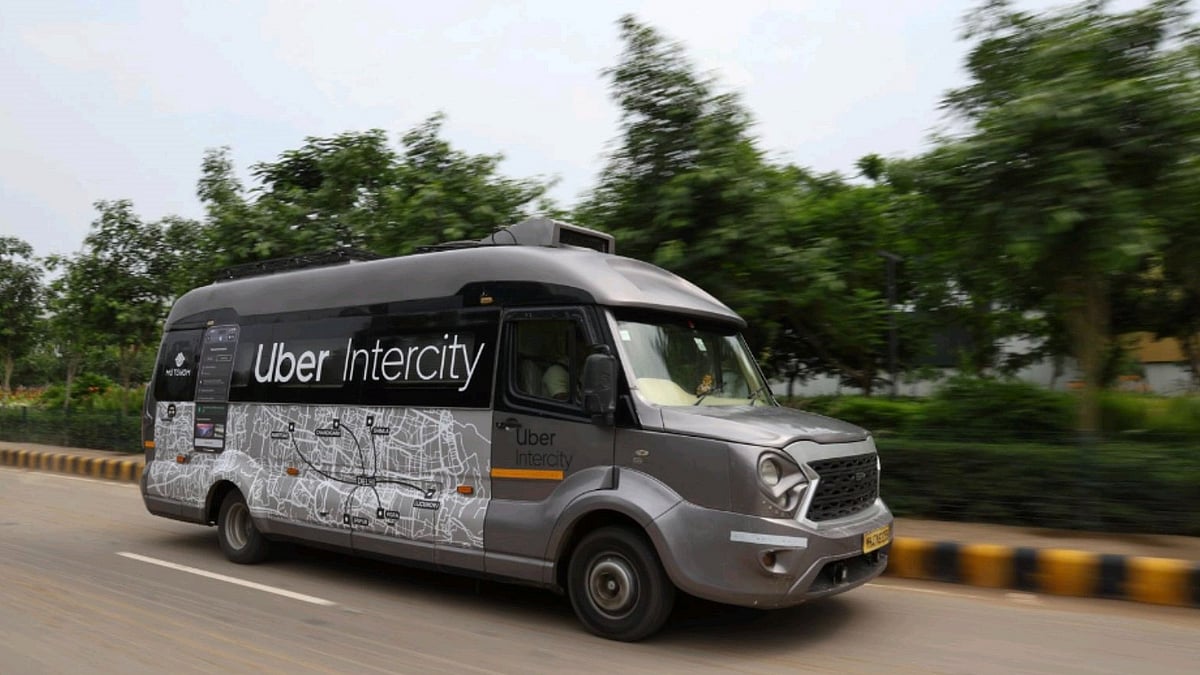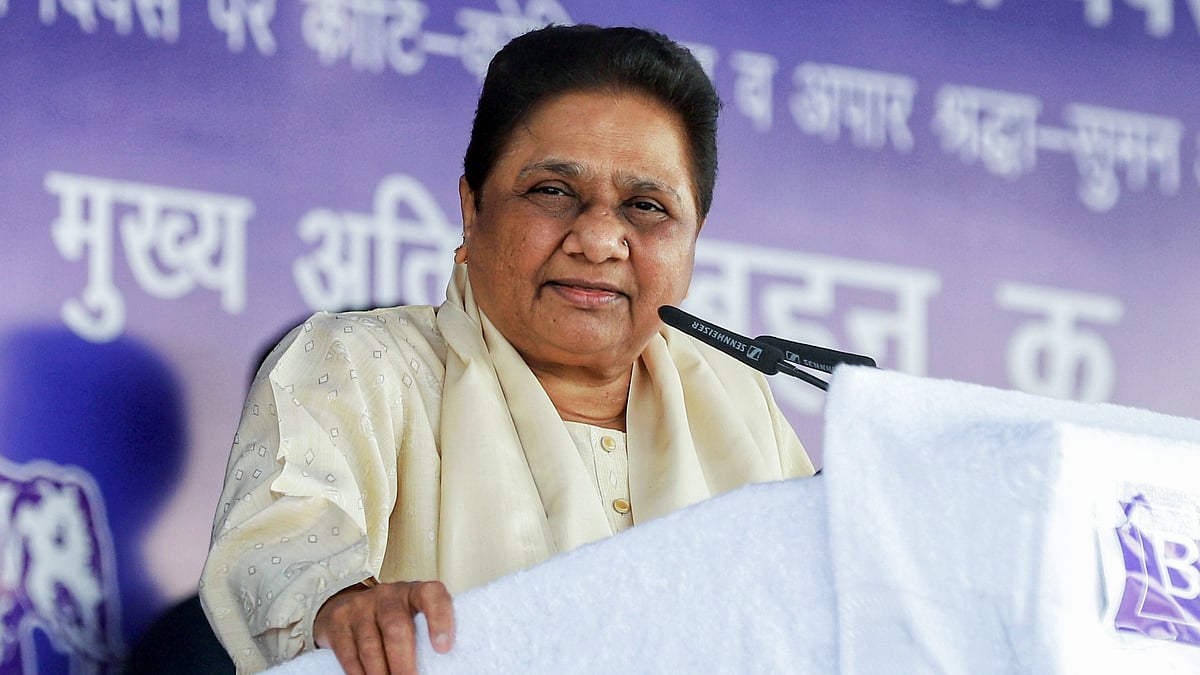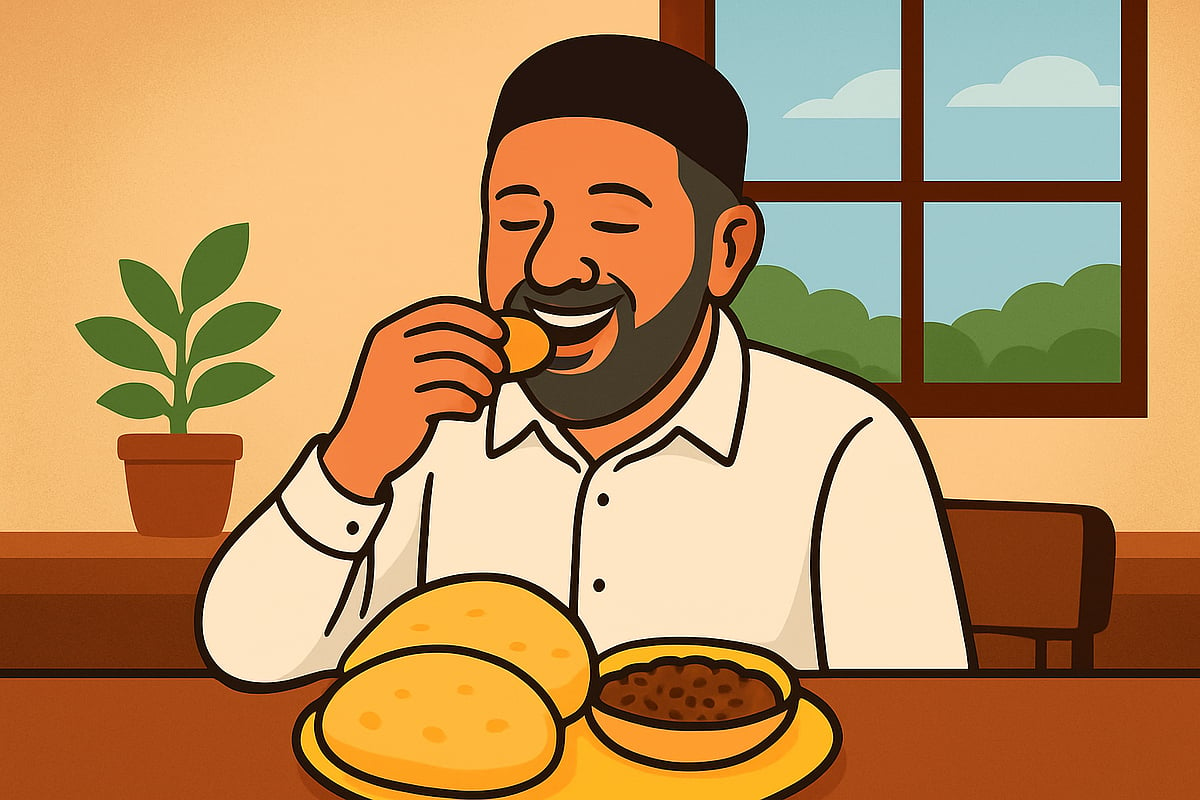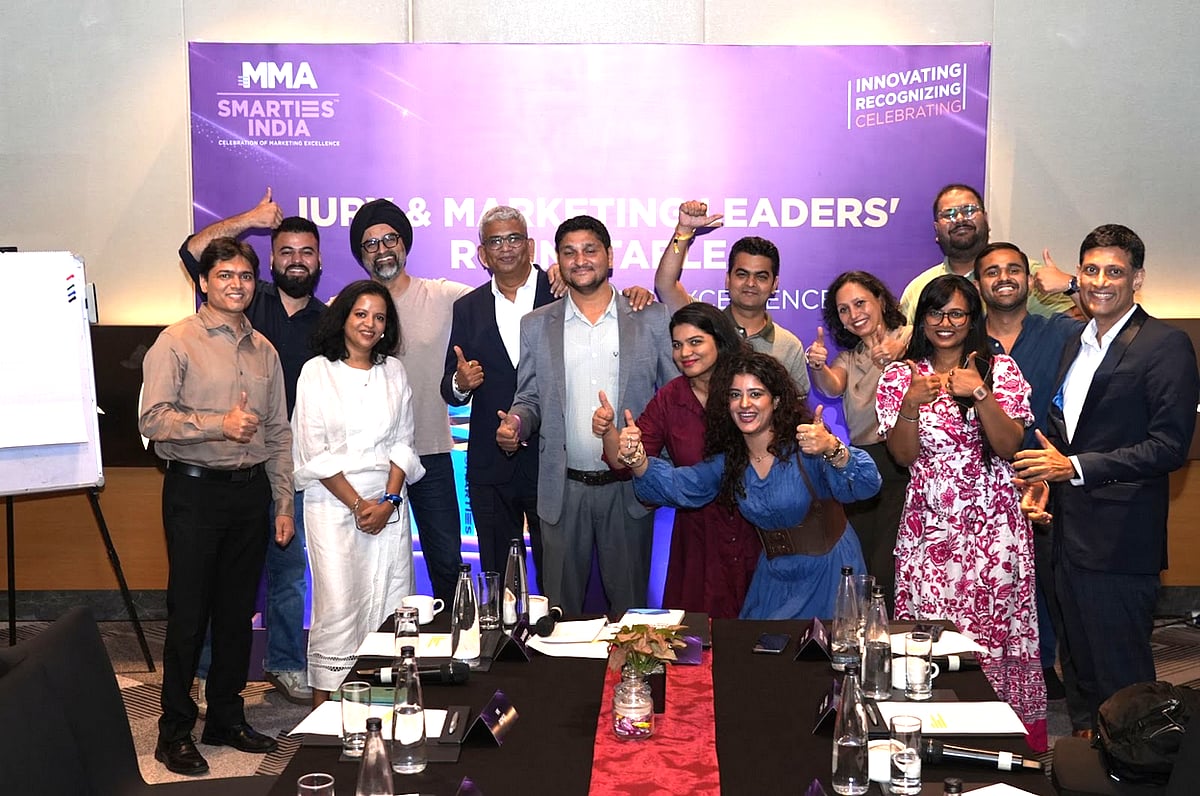In all his life, Anuraag Khandelwal always looked for the elevator when he had to go up or down a building. For the polio survivor with a carbon fiber leg brace who moves with the aid of crutches, it seemed like the natural thing to do. It never bothered him that he never took the stairs. That never bothered him. But when on holiday in places like Himachal Pradesh with his wife and daughter, he would only go as far as the car would take them. If a hike or trek was involved, he would wait for them to come back. After a life-changing climb to Everest Base Camp, he does not look for the stairs anymore.
“Now whether it is Cambodia or Vietnam, whether there are slopes or steps, I would want to walk with them,” says Khandelwal, Chief Creative Officer at 82.5 Communications, a part of the Ogilvy Group.
It all started with a challenge thrown at him by Ogilvy India CEO VR Rajesh, who had just returned from a trip to the base camp. Over a few drinks, Khandelwal asked him, "So what did you bring back for me?" His reaction when Rajesh gave him a tiny rock from the trek was “WTF”. Rajesh came back at him and asked, "If you're not a fan, why don't YOU do EBC?" The challenge was on.
“Rajesh planted the idea – when he said it, all the tick marks happened in my head. I told myself that it makes no difference even if I am not able to make it. I had already won in my head,” says the adlander.
Starting from Scratch
Trekking up to Everest Base Camp takes preparation. For a physically challenged person, it obviously took a lot more. There were no ready reckoners on how a person with limited mobility could make the climb. There were questions on whether it was practical.
Asked about how his family reacted to the idea, Khandelwal says, “My wife Kuhelee is my biggest fan, even if she is not very expressive. She told me that I must train. She asked me to start, saying she would see how it goes. She was very supportive. She even came with me on the climb for the first five days but couldn’t take the cold. It was emotional for her to leave me there and return. But I had made up my mind. Whether it took 13 days or 26, I had decided that I would finish the climb. She also knew it.”
The preparations started with enlisting a sports company with Paralympic insights. A personal trainer was onboarded and his diet and breathing exercises were addressed. He began small walks around Mumbai. From half a kilometre a day, he went up gradually to 7 to 8 km. The man who never took the stairs, climbed two floors, moving up to 50 floors up and down. Rajesh didn’t just leave Khandelwal with the challenge but also partnered with him. His farm was transformed into a training ground. The duo trained through the scorching summer and monsoons, after work hours and on weekends. It was a mission that had to be accomplished.

The Climb
On October 21, 2023, the team started from Lukla in Nepal, on the road to Everest. It took them 13 days, with just a day’s break in between, to reach the Base Camp.
It helped that organiser Jayesh, who was with Rajesh and Khandelwal on the adventure, had charted treks to do in Maharashtra to prepare the first-time challenger for Everest. But nothing compares to the real thing. For most part, Khandelwal trekked on crutches. On particularly tough terrain, he had to move forward on his butt and hands. It took every bit of the stamina he had painstakingly built up, he recalls.
“It was tougher on the people around me. My pace was 6 to 7 kms a day in 9 to 13 hours.They had to walk slower. My pace was one fourth of what Rajesh could do. So his body wasn’t getting warm. They gave me full moral support. I told them to go ahead and said I would come with the porters. Jayesh and Rajesh took turns going ahead,” recounts Khandelwal.
The biggest learning was that he started looking at himself internally. He elaborates. “If someone wants to look at themselves internally, they should do something boring for a period of time. Everyday, you woke up at 7 am, left at 7.30, reached the next place, rested from 7 pm. Then you repeated it. After the first five or six days, it becomes so routine. You need to do that again and again to see within yourself. This was truly the truest holiday I had – when I could see myself internally.”
The man who was always at the bottom of the hill looking at people going up, says he has created a benchmark for himself with the trek to Everest Base Camp – mentally and physically.
“It was a mental block that I had to break. If you break one mental block, it breaks blocks across life,” surmises Khandelwal.
He hasn’t planned the next adventure but is certain that he will do something new that makes him push the boundaries. It will be something new, he underlines. It might even be the Amazon Forest.










